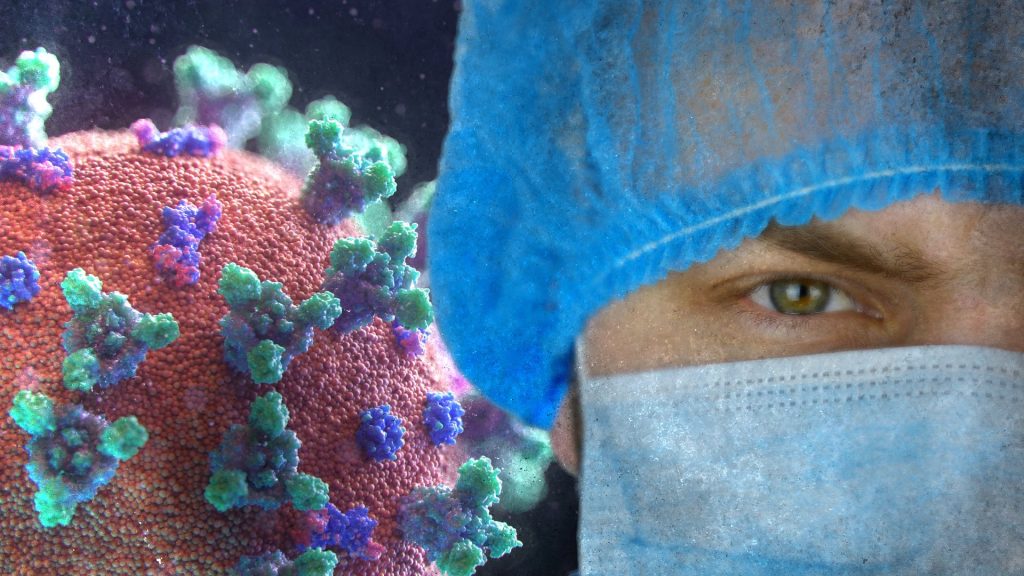
In research published in Physics of Fluids, researchers used computer modelling investigate mask fit and found that face shape, especially natural facial asymmetry, influences the most ideal fit. The findings suggested that double masking with improperly fitted masks may not greatly improve mask efficiency and produces a false sense of security.
Using more layers results in a less porous face covering, leading to more flow forced out the sides, top, and bottom of masks with a less secure fit. Double layers increase filtering efficiency only with good mask fit, however they could also lead to difficulties in breathing.
The researchers modelled a moderate cough jet from a mouth of an adult male wearing a cloth mask over the nose and mouth with elastic bands wrapped around the ears. They calculated the maximum volume flow rates through the front of mask and peripheral gaps at different material porosity levels.
To create a more realistic 3D face shape and size, the researchers used head scan data for 100 adult male and 100 adult female heads.
Their model showed how the slight asymmetry typical in all facial structures can affect proper mask fitting. For example, a mask can have a tighter fit on the left side of the face than on the right side.
“Facial asymmetry is almost imperceivable to the eye but is made obvious by the cough flow through the mask,” explained co-author Tomas Solano, from Florida State University. “For this particular case, the only unfiltered leakage observed is through the top. However, for different face shapes, leakage through the bottom and sides of the mask is also possible.”
Producing individually customised ‘designer masks’ is not practical at large scales. Still, better masks can be designed for different populations by revealing general differences between male and female or child versus elderly facial structures and the associated air flow through masks.
Source: American Institute of Physics

